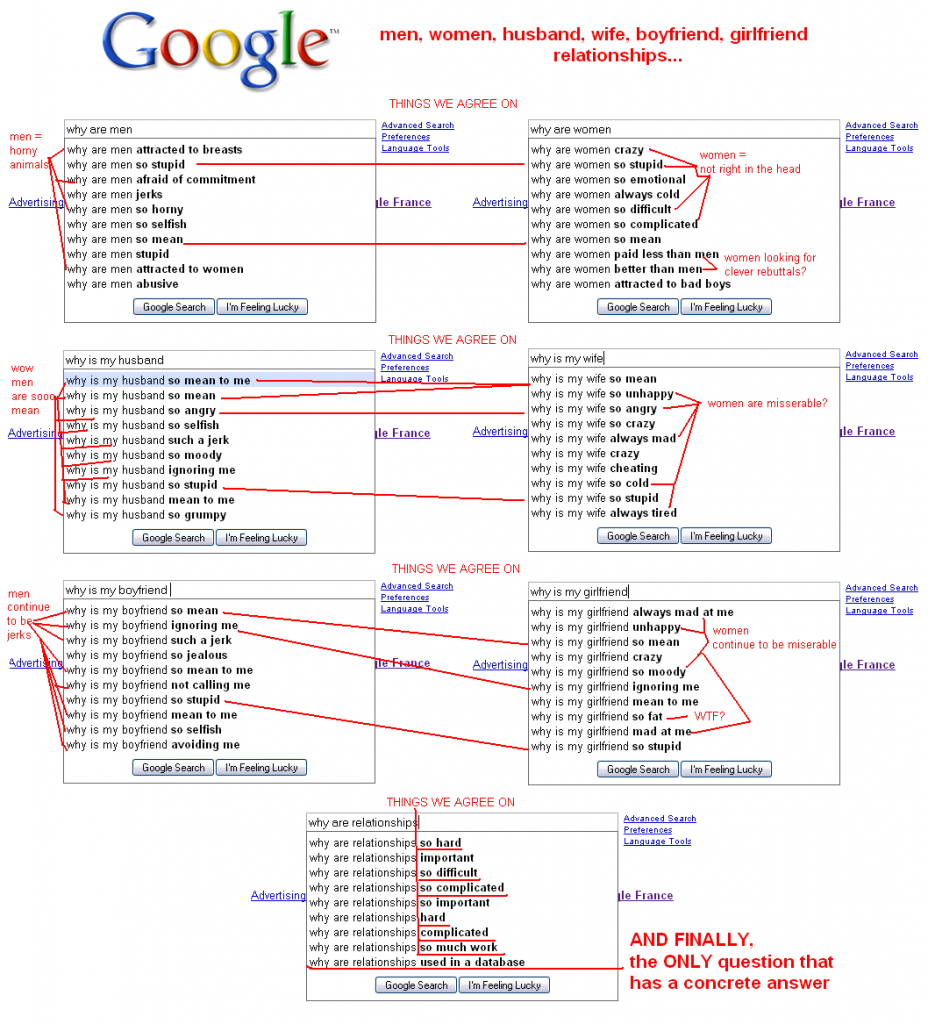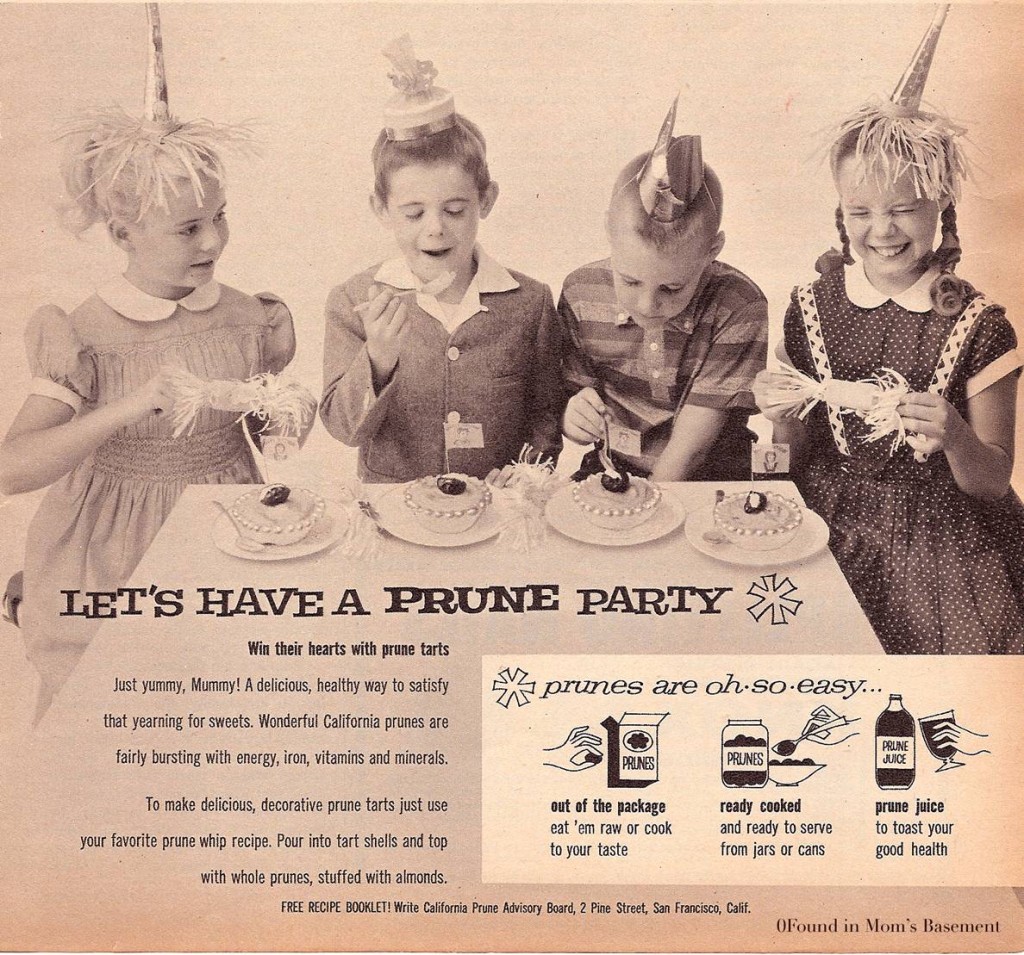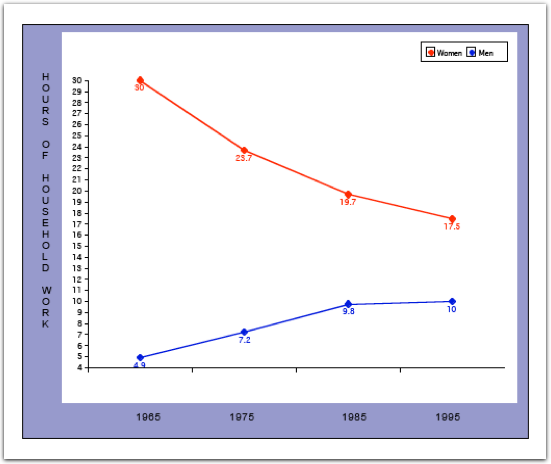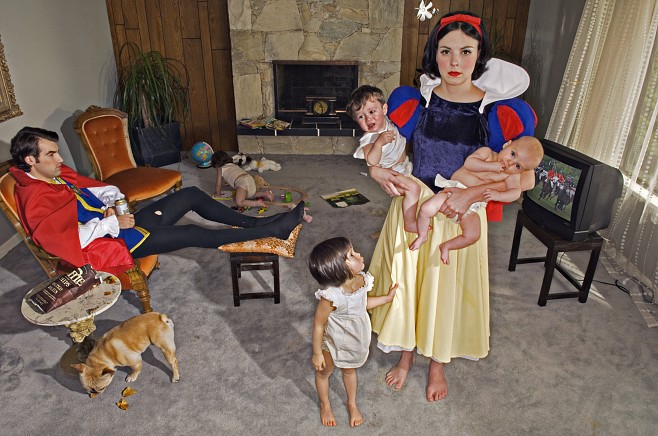Cole S.H. sent in “…a set of screenshots of Google’s autocomplete feature, which is based on number of searches of a given phrase,” with comments in red written in by the creator (originally found on reddit, link to original here):

It provides some interesting insights into popular conceptions of men, women, and relationships.
Some of the search terms related to men/husbands/boyfriends: attracted to breasts, jerks, afraid of commitment, abusive, mean, selfish, grumpy. Search terms related to women/wives/girlfriends: emotional, difficult, complicated, attracted to bad boys, crazy, always mad, better than men.
Apparently both men and women are considered mean and stupid, so there is some equality. I do think it’s interesting that one of the popular search terms about women is why they are “better than men”; it’s weird to me that there’s a whole genre of jokes about women being smarter/better than men, and that I know people who tell them or find them funny who would be offended at a similar joke about men being smarter than women.
Reader SB has some similar images at The Sexual Buzz.
Also check out our post on Amazon’s gendered gift-giving suggestions.
NOTE: There’s been some confusion about what I meant about this giving “insights” about gender conceptions–I’m not saying most people think negative things about the other sex, or that this is scientific data. I just think it’s interesting that when people are searching for information about perceived negative aspects of men or women, they frame it in different ways–men are “grumpy” or “abusive,” while women are “always mad,” and men are “selfish” while women are “crazy.” Those fit in pretty well with who we associate with various emotions or behaviors. That’s all I was getting at.












